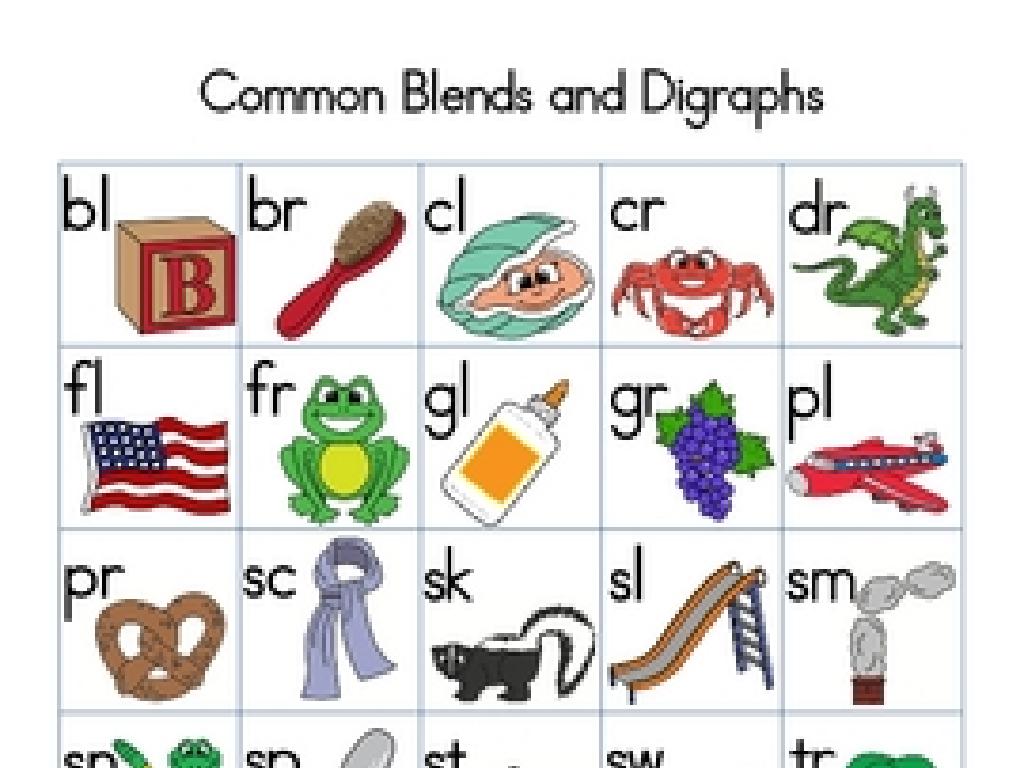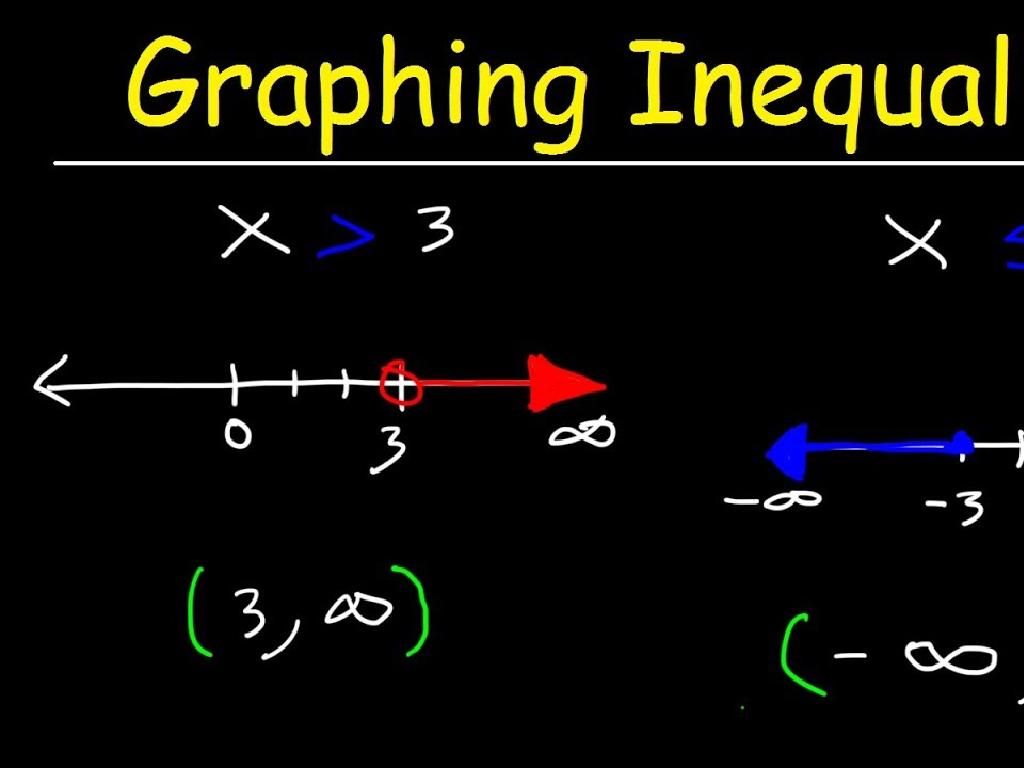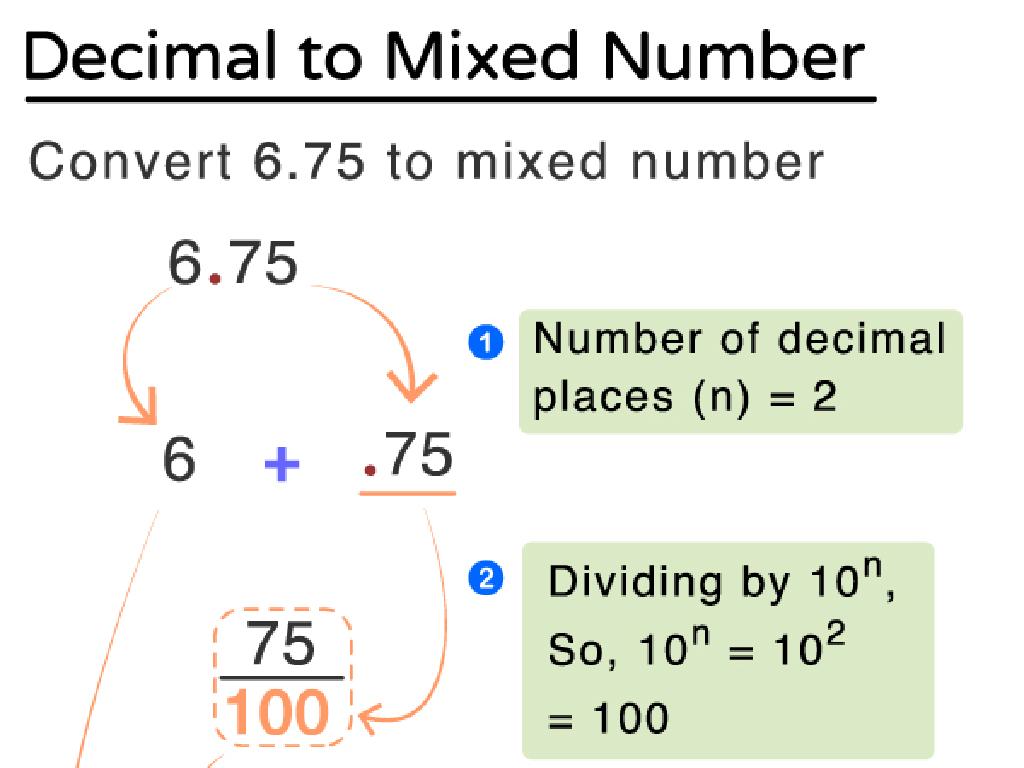Is The Word An Adjective Or Adverb?
Subject: Language arts
Grade: Seventh grade
Topic: Adjectives And Adverbs
Please LOG IN to download the presentation. Access is available to registered users only.
View More Content
Adjectives vs. Adverbs
– Welcome to Language Arts!
– Role of adjectives and adverbs
– Adjectives describe nouns; adverbs describe verbs, adjectives, or other adverbs.
– Spicing up sentences
– They add detail and depth, making sentences more vivid.
– Examples in literature
– ‘The quick brown fox’ uses adjectives. ‘He runs quickly’ uses an adverb.
|
Begin the class with a warm welcome and an engaging introduction to the importance of adjectives and adverbs. Explain that adjectives are words that describe nouns, giving us more information about things like size, color, shape, etc. Adverbs, on the other hand, modify verbs, adjectives, or other adverbs, often ending in ‘-ly’, to tell us how, when, where, or to what extent something happens. Use examples from literature or everyday sentences to illustrate how these parts of speech work to make language more descriptive and interesting. Encourage students to think of their own examples and consider how different adjectives and adverbs can change the meaning or tone of a sentence.
Understanding Adjectives
– Adjectives modify nouns
– Adjectives give more information about nouns, like ‘big’ or ‘colorful’.
– Examples in sentences
– ‘The quick, brown fox jumps over the lazy dog’ – quick and brown describe the fox.
– Identifying adjectives in texts
– Find adjectives by looking for words that describe things in a sentence.
– Practice with adjectives
– We’ll do exercises to spot and use adjectives effectively.
|
This slide introduces adjectives to the students, explaining their role in adding detail and description to nouns. Start by defining adjectives and discussing their function. Provide clear examples in sentences to illustrate how adjectives modify nouns. Engage the class by having them identify adjectives in sample texts. This could be from their reading book or a story you read aloud. Conclude with a practice activity where students find and list adjectives in a given paragraph or come up with their own descriptive sentences. The goal is to help students recognize and use adjectives to enhance their writing and comprehension skills.
Exploring Adverbs in Language Arts
– Adverbs: What are they?
– Adverbs modify verbs, adjectives, and other adverbs to provide more information.
– Adverbs in action: sentence examples
– ‘Quickly’ in ‘She ran quickly’ tells us how she ran.
– Types of adverbs: Manner, Time, Place
– Manner: how? Time: when? Place: where?
– Frequency and Degree adverbs
– Frequency: how often? Degree: to what extent?
|
This slide introduces the concept of adverbs to the students, explaining their role in a sentence as modifiers of verbs, adjectives, and other adverbs. Provide clear examples for each type of adverb, ensuring students understand how they function to add detail to a statement. For instance, ‘quickly’ is an adverb of manner in the sentence ‘She ran quickly,’ describing how the action was performed. Discuss the five types of adverbs: Manner, Time, Place, Frequency, and Degree, and give examples for each. Encourage students to come up with additional examples and use them in sentences to reinforce their understanding.
Adjective or Adverb?
– Determining adjectives vs. adverbs
– Adjectives describe nouns, adverbs describe verbs, adjectives, or other adverbs.
– The role of ‘ly’ in forming adverbs
– Most adverbs end in ‘ly’, like ‘quickly’, but not all words with ‘ly’ are adverbs.
– Recognizing exceptions and irregulars
– Some words don’t follow the ‘ly’ rule, like ‘fast’ which can be both an adjective and an adverb.
– Practice with examples
– Use sentences to identify and classify words as adjectives or adverbs.
|
This slide aims to help students differentiate between adjectives and adverbs, focusing on the use of the ‘ly’ suffix and understanding the exceptions. Emphasize that adjectives modify nouns and pronouns, while adverbs modify verbs, adjectives, and other adverbs. Highlight that while many adverbs end in ‘ly’, this is not a foolproof rule, and some words like ‘hard’ can be both an adjective and an adverb without changing form. Provide examples and encourage students to create sentences using both adjectives and adverbs to solidify their understanding. In the next class, review these concepts with practice exercises and discuss any challenging examples students encountered in their reading or homework.
Adjectives vs. Adverbs: Identification and Practice
– Identify adjectives and adverbs in sentences
– Adjectives describe nouns, adverbs describe verbs
– Class activity: Underline and circle
– Underline adjectives, circle adverbs in provided sentences
– Discuss the role of each word
– Explain why a word is used as an adjective or an adverb
– Practice with example sentences
– Use sentences from books or create your own
|
This slide is aimed at helping students differentiate between adjectives and adverbs through examples and class practice. Begin by explaining that adjectives modify nouns and pronouns, while adverbs modify verbs, adjectives, and other adverbs. During the class activity, provide sentences and have students underline adjectives and circle adverbs. After the activity, discuss as a class why each word is an adjective or an adverb, focusing on the function of the words in the sentences. Encourage students to think critically about word usage and to ask questions if they are unsure. For practice, use sentences from books being read in class or create sentences that clearly demonstrate the use of adjectives and adverbs. This will reinforce their understanding and application of these parts of speech.
Class Activity: Adjective or Adverb Hunt
– Find words on the worksheet
– Classify each as adjective or adverb
– Decide if the word describes a noun (adjective) or a verb (adverb)
– Work in pairs for collaboration
– Share findings with class discussion
– Explain why you think it’s an adjective or an adverb
|
This activity is designed to reinforce the students’ understanding of adjectives and adverbs. Provide a worksheet with sentences containing a mix of adjectives and adverbs. Students should work in pairs to promote teamwork and discussion, identifying and classifying each highlighted word. After completing the worksheet, each pair will share their findings with the class, explaining the reasoning behind their classifications. This will help develop their analytical and presentation skills. As a teacher, facilitate the discussion, correct any misconceptions, and provide feedback. Possible activities: 1) Matching words to definitions, 2) Creating sentences using adjectives and adverbs from a word bank, 3) Identifying adjectives and adverbs in a passage read aloud, 4) Writing a short story using a list of given adjectives and adverbs, 5) Peer review of each other’s work to ensure understanding.
Conclusion: Adjectives vs. Adverbs & Homework
– Recap: adjectives vs. adverbs
– Adjectives describe nouns, adverbs describe verbs, adjectives, or other adverbs.
– Importance of correct usage
– Using them correctly makes writing clear and precise.
– Homework: Craft 10 sentences
– Write sentences using new adjectives and adverbs learned.
– Use both adjectives and adverbs
|
As we wrap up today’s lesson, it’s crucial to revisit the key differences between adjectives and adverbs. Adjectives modify nouns and pronouns, while adverbs modify verbs, adjectives, and other adverbs. Understanding and using these parts of speech correctly enhances clarity and precision in writing. For homework, students are to write ten original sentences, creatively incorporating both adjectives and adverbs. This will reinforce their understanding and application of today’s lesson. Encourage students to use a variety of words and to be mindful of the placement of adjectives and adverbs within their sentences.





